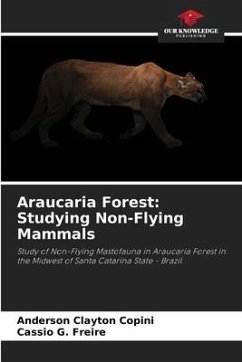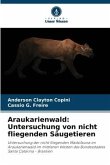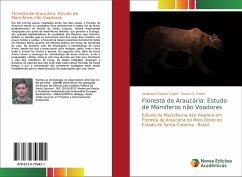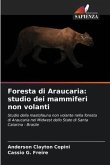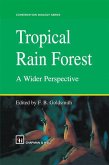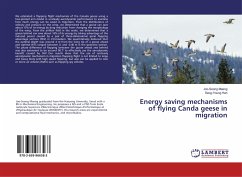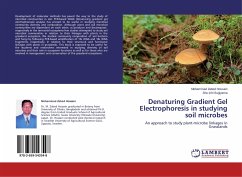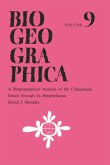One of the biomes that is still little studied today, the Araucaria Forest, with its grandiose flora belonging to the southern region of Brazil, predominantly in the state of Santa Catarina, shows important adaptations on the part of the wild mastofauna, which in ecology are great bioindicators of the quality of the forests they inhabit. Both studies described in this book reveal, in a short time in the field, the frequency of these specimens travelling through both native and exotic forests in search of hunting grounds. In the first case, the direct search methodology was used, in which the researcher finds traces, fur, faeces and burrows where the animal nests and breeds. In the second case, in addition to the direct search, the indirect search methodology was used, where the researcher used night cameras for a month to monitor the mammals' lives 24 hours a day. The data collected revealed the presence of species that had not been seen in these forests for a long time, and thatthe conservation of ecological corridors is being fundamental for restructuring the populations that live here.
Bitte wählen Sie Ihr Anliegen aus.
Rechnungen
Retourenschein anfordern
Bestellstatus
Storno

